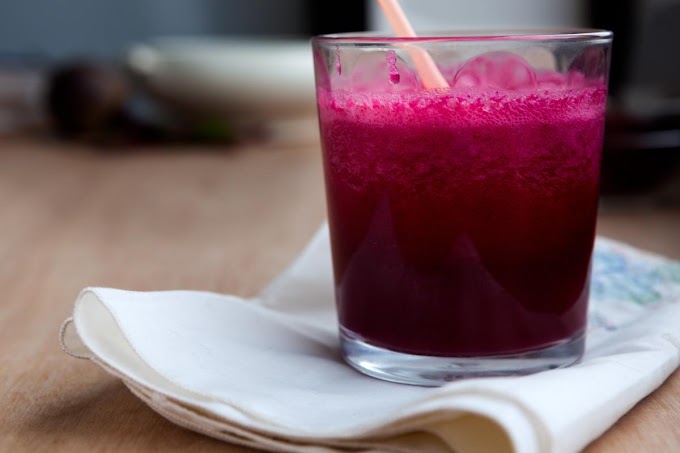Ingredients: The Foundation of Flavor
The ingredients you choose will set the foundation for your chicken soup. Here’s a basic rundown:
Chicken: A whole chicken or bone-in chicken pieces like thighs, drumsticks, or wings are ideal. These parts have bones that contribute to a rich, flavorful broth.
Vegetables: Common vegetables for chicken soup include onions, carrots, celery, and garlic. These veggies provide a depth of flavor and a touch of sweetness.
Herbs: Fresh herbs like thyme, parsley, and bay leaves are classic additions. They infuse the soup with a fragrant aroma.
Seasoning: Salt, pepper, and a touch of lemon juice or vinegar enhance the flavor. Some recipes also call for a bit of soy sauce or Worcestershire sauce for an umami kick.
Optional Add-ins: Noodles, rice, or potatoes can be added to make the soup more filling. Some people also like to add greens like spinach or kale for extra nutrients.
Step-by-Step Cooking Process
Prepare the Chicken: Start by rinsing your chicken pieces under cold water. Pat them dry with paper towels. If using a whole chicken, remove any giblets and excess fat. Season the chicken with salt and pepper.
Sauté the Vegetables: In a large pot, heat a couple of tablespoons of olive oil or butter over medium heat. Add your chopped onions, carrots, and celery. Sauté until the onions become translucent, about 5-7 minutes. Add minced garlic and cook for another minute, stirring frequently to prevent burning.
Brown the Chicken: Push the vegetables to the sides of the pot and add the chicken pieces, skin-side down. Brown the chicken for a few minutes on each side. This step is optional but adds extra flavor to the soup. If using a whole chicken, you can skip this step.
Add Water or Broth: Pour in enough water or chicken broth to cover the chicken and vegetables. If using water, add a few teaspoons of chicken bouillon for more flavor. Bring the mixture to a boil, then reduce the heat to a simmer.
Simmer and Skim: Allow the soup to simmer for at least an hour, longer if you have the time. As it simmers, foam and impurities will rise to the surface. Skim these off with a spoon to keep your broth clear. If using a whole chicken, remove it after about an hour, let it cool slightly, and shred the meat. Return the meat to the pot and discard the bones.
Add Herbs and Seasoning: About 20 minutes before the soup is done, add your herbs (thyme, parsley, bay leaves) and any additional seasoning. Taste the broth and adjust the salt and pepper as needed. If you’re adding noodles, rice, or potatoes, now is the time to do so.
Finishing Touches: Before serving, remove the bay leaves and any large herb stems. Stir in a splash of lemon juice or vinegar to brighten the flavors. You can also add a handful of chopped fresh parsley for color and freshness.
Tips for the Best Chicken Soup
Use Bone-In Chicken: Bones add richness to the broth, making it more flavorful and nutritious. If you’re using boneless chicken, consider adding a few chicken wings or drumsticks to the pot to boost the flavor.
Don’t Rush the Simmer: The longer your soup simmers, the better it will taste. Aim for at least an hour, but if you have the time, let it go for two or three hours. The low and slow cooking allows the flavors to meld together beautifully.
Adjust the Thickness: If your soup is too thin, you can thicken it by adding a slurry of cornstarch and water. If it’s too thick, simply add more broth or water.
Experiment with Add-Ins: Chicken soup is highly customizable. Try adding different vegetables, grains, or even dumplings. For a spicy twist, add some sliced jalapeños or a dash of hot sauce.
Storing and Reheating: Chicken soup stores well in the refrigerator for up to 4 days and can be frozen for up to 3 months. When reheating, bring it to a simmer and adjust the seasoning as needed.
Nutritional Benefits of Chicken Soup
Chicken soup is not just delicious; it’s also packed with nutrients. The chicken provides a good source of protein, which is essential for muscle repair and overall health. The broth is rich in vitamins and minerals, especially if you’ve simmered the bones for a long time. The vegetables add fiber, vitamins A and C, and other important nutrients. Additionally, the steam from hot soup can help clear nasal congestion, making it a popular remedy for colds and flu.
Variations of Chicken Soup
While the classic chicken soup is always a favorite, there are numerous variations you can try:
Chicken Noodle Soup: Add egg noodles to your chicken soup for a more filling meal. The noodles soak up the broth, making them incredibly flavorful.
Matzo Ball Soup: A traditional Jewish variation, this soup features fluffy matzo balls instead of noodles or rice.
Tom Yum Gai: This Thai version of chicken soup is spicy and sour, featuring ingredients like lemongrass, lime leaves, and chili peppers.
Avgolemono: A Greek chicken soup made with egg and lemon juice, resulting in a creamy, tangy broth.
Conclusion
Chicken soup is more than just a dish; it's a comforting experience that nourishes both body and soul. With the right ingredients and a bit of patience, you can create a soup that's bursting with flavor and warmth. Whether you're sticking to the classic recipe or experimenting with new variations, the details in the cooking process make all the difference. So grab your ingredients, follow these steps, and enjoy a steaming bowl of homemade chicken soup.








Social Plugin